Perry County, Ohio is home to just under 40,000 residents living in 12 Villages located in 14 Townships, with 22 Unincorporated Communities.
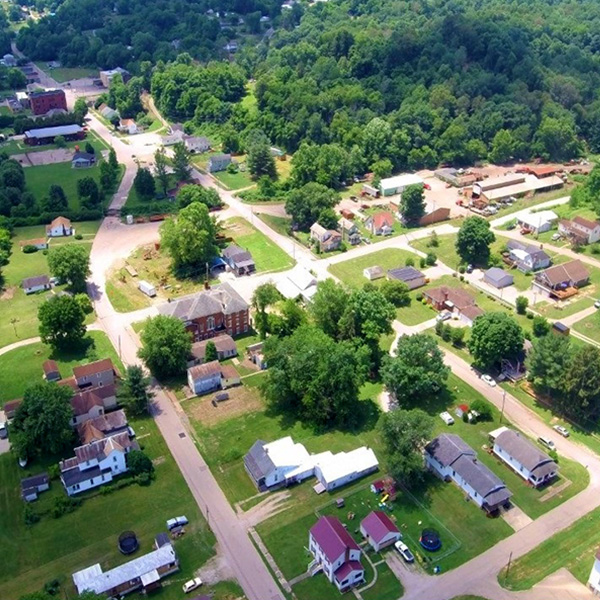
The Village of Corning
Established 1878
A coal and oil boom town in its early days, many residents still make their living in oil. The Corning Museum is housed inside the high school building on Corning Avenue in two rooms – available to the public Wednesdays 1:00 – 4:00 PM and by appointment – (740) 347-4520.
Learn about the Corning History Project
Visit The Village of Corning Facebook Page

The Village of Crooksville
Established 1874
Famous for pottery making, Crooksville and neighboring Roseville host an annual pottery festival each spring/summer. Clay mined in this region is considered to be the finest in the world for specific types of ceramic work. Today, Crooksville is home to a recreation center that hosts a world-class archery program and one of the largest climbing walls in the state. Three parks are located within the corporation limits. Village Park on the north side of town contains an Olympic sized pool, tennis courts, baseball fields, a playground and “the pond,” a seasonal stop for a variety of ducks, geese and fish. South Park is home to the Youth Softball program and peewee baseball. It also has a playground for the younger kids and is part of the Village’s Historic Tree Program. In the center of town the newly constructed Reed’s Station Park is found. Named for the Village’s Founder it’s a quiet place to rest and watch the traffic go by.
Learn more about Crooksville’s history at the Village website
Download The History of Crooksville as told by Guy E. Crooks
Visit Crooksville Facebook Page
Crooksville-Roseville Pottery Festival Facebook Page

The Village of Glenford
Established 1871
Home to the Glenford Fort Earthworks – best preserved of the 14 ridgetop earthworks created by the Hopewell American Indian Culture 2,000 years ago. Visitation to the site is managed by the Perry County Soil & Water Conservation. Visit their Facebook page for information about scheduled hikes and events. Glenford is host to two summer Tractor Pulls that draw huge crowds for big family fun. Event money raised goes to The Lions Club for donation to local organizations.
Learn more about Glenford Fort Earthworks
Visit the Perry County Soil & Water Conservation Facebook Page
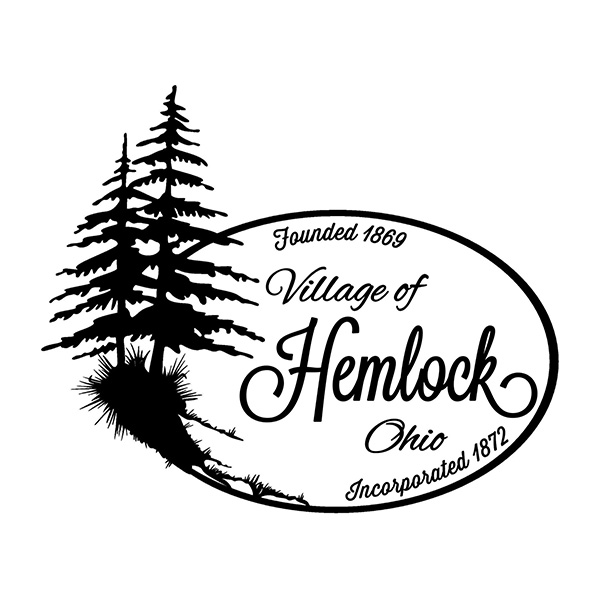
The Village of Hemlock
Established 1872
One of the original Little Cities of Black Diamonds, Hemlock was originally settled as Coaldale in 1869, later established as Hemlock in 1872, named for a grove of Hemlock trees.
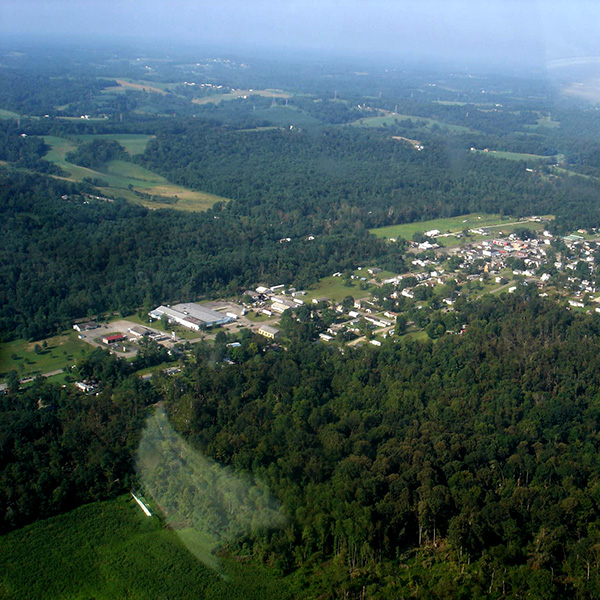
The Village of Junction City
Established 1872
The name Junction City was arbitrated by a judge when two towns, Trio City and Damascus, grew too close and issues arose between their respective farmer-founders. The judge ruled the properties should be joined as one and renamed Junction City. Junction City Prison, which had been closed after a long, storied history, was a location for the 1980 Robert Redford movie, ‘Brubaker.’ The Pizza Place restaurant in nearby New Lexington is home to memorabilia from the film – it was also in the movie as ‘Pinky’s.’
Learn more about Junction City Prison at Ohio Exploration
Visit the Junction City Facebook Page
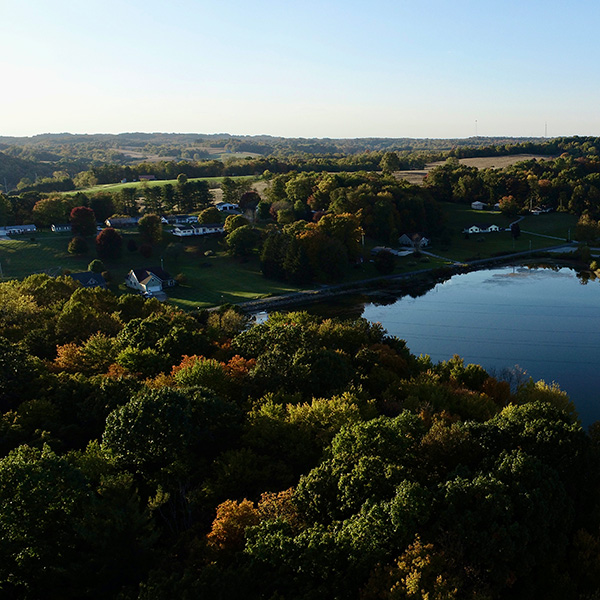
The Village of New Lexington
Established 1817
Named for Lexington, Massachusetts. The county seat was moved from Somerset to New Lexington at the outbreak of the Civil War. New Lexington is currently Perry County’s largest community with approximately 5,000 residents. Early on the community thrived by providing manufactured products for farming then was part of the coal boom of the late 1880s. Today, many people enjoy boating, fishing and picnicking on the New Lexington Reservoir.
Learn more about the History of New Lexington
Visit the New Lexington Facebook Page

The Village of New Straitsville
Established 1870
Established by the New Straitsville Mining Company, the village was the site of a major disaster in 1884 when striking miners pushed a flaming cart of coal into a mine shaft, resulting in a mine fire that has burned to this day. The village is currently famous for their Memorial Day Weekend Moonshine Festival. New Straitsville is well-known in the County for paving the way for in-town ATV/APV riding – being the first to allow it inside the Village limits. New Straitsville is a popular gathering spot for riders heading for the trails.
Visit the Village of New Straitsville Facebook Page
Visit the New Straitsville History Group on Facebook
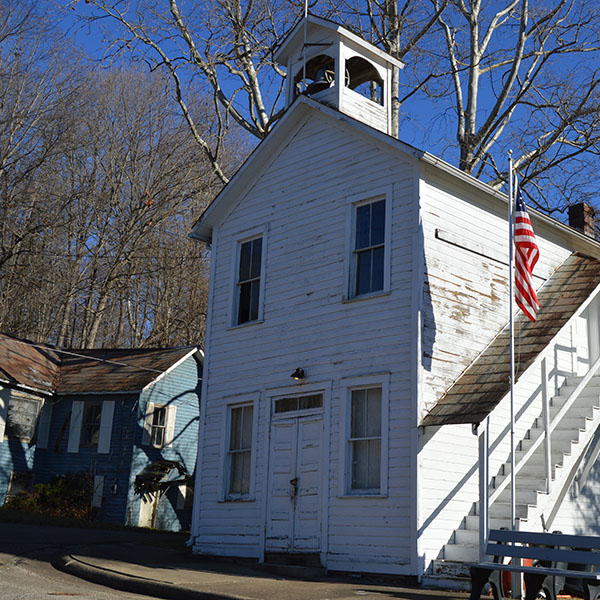
The Village of Rendvillle
Established 1879
Named for its founder, mine operator William P. Rend, the village was established with a population of immigrants and African-Americans who worked the mines. The unintended social experiment resulted in a unified population with no racial strife. Rend was a benevolent operator who supported workers’ rights. Though the town’s population is less than 50 people today, making it the smallest incorporated village in Ohio, it is home to a vibrant art studio – Rendville ArtWorks – and is revered for its profound place in mining and social history.
View an Ohio State University presentation about Rendville on YouTube
View ‘Learning from the Past’ – a WOUB story about Rendville
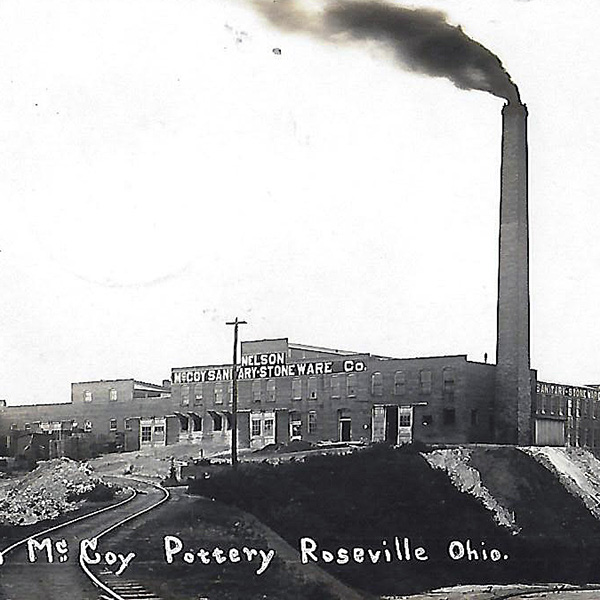
The Village of Rosevillle
Established 1830
Roseville was originally named New Milford by Captain Ezekiel Rose when he laid out the village in 1812. Home to a saw mill, a distillery, and the first post office in 1830, it was around this time that New Milford became Roseville. Roseville’s history was recently documented in 1990, in celebration of the Village’s Sesquicentennial. Currently home to two potteries, Burley Clay and ACCCO, Roseville’s rich pottery history started in 1838 on ‘Potter’s Alley.’ The unique quality of the clay mined in the area is world-renown for creating distinctive ceramics. An annual pottery festival is co-hosted by Crooksvile and Roseville each summer.
View the Roseville Sesquicentennial PDF
Visit the Village of Roseville Website
Visit the Village of Roseville Facebook Page
Visit the Crooksville-Roseville Pottery Festival Facebook Page
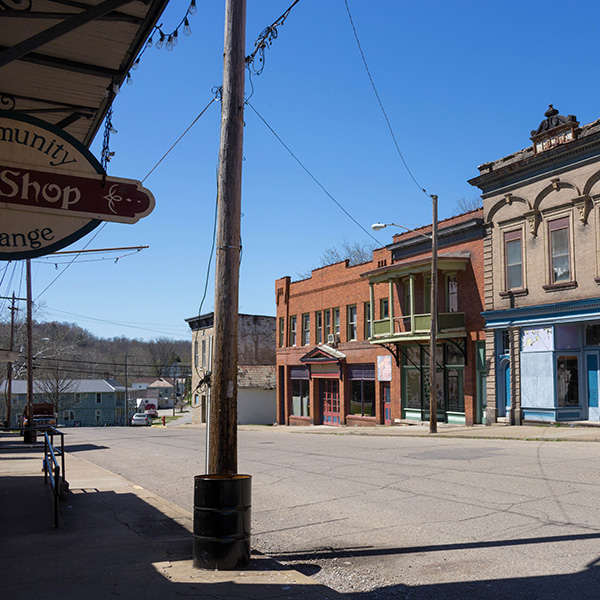
The Village of Shawnee
Established 1872
Named for the Shawnee Culture. Shawnee is another of the Little Cities of Black Diamonds – boomtowns that popped up when late 1800s coal mining was fueling activity in the southeast Ohio region. The village’s Main Street is regarded as a premier example of Victorian-era architecture with its overhanging balconies. Renovation of these structures is currently underway with a revitalization of the village’s Main Street including early-stage retail, restaurant and lodging development.
Visit the Village of Shawnee Facebook Page
Visit the Shawnee Community Page at Facebook
Learn more about Shawnee’s Preservation Journey
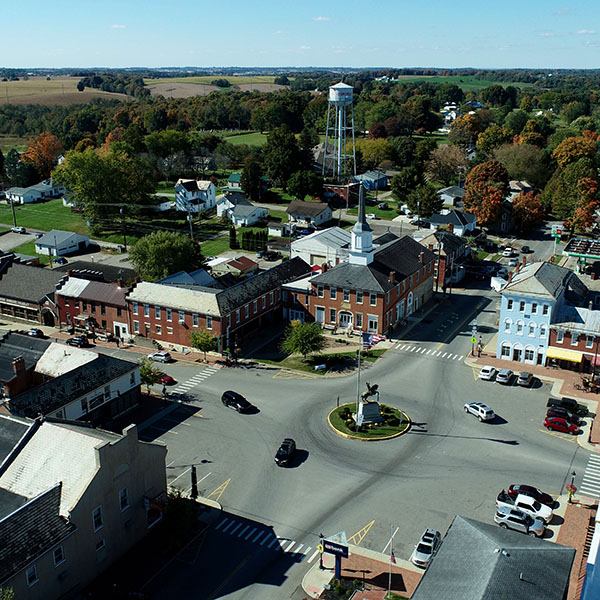
The Village of Somerset
Established 1807
The Somerset Historic District was placed on the National Register in 1975. Over 100 structures in the district date to the early and mid-1800s. The all-volunteer Perry County Historical Society owns and operates the Perry County Historical Museum, housed in a restored 1830s-era brick building within the Somerset Historic District. Most items on display were donated by members of the community, including Civil War memorabilia commemorating Union Gen. Philip Sheridan, who spent his boyhood in Somerset. The village’s central roundabout operates differently from all others in the state – traffic coming into the roundabout has the right of way and others inside the roundabout yield to incoming vehicles.
Learn more about Somerset’s Preservation Journey
Visit the Village of Somerset Website
Visit the Village of Somerset Facebook Page
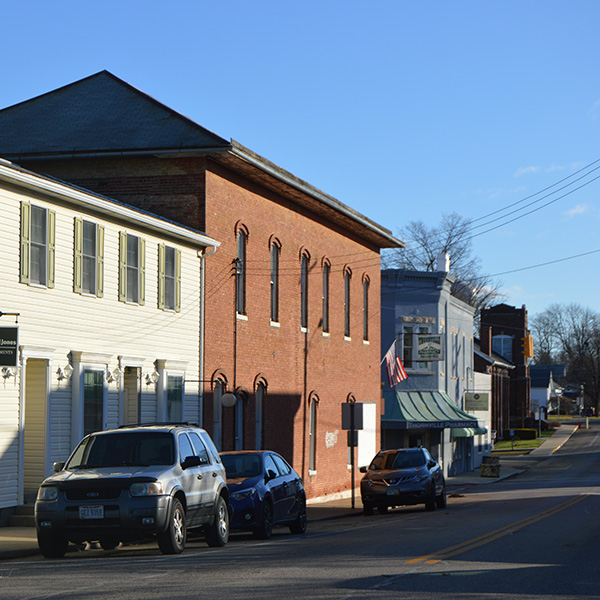
The Village of Thornville
Established 1820
Originally called the town of Lebanon in 1810, the town of Thornville was established in 1820 and officially incorporated as a village in 1877. Thorn Township was named for the thorn trees that lined the Buffalo Swamp. The swamp was later dredged and renamed Buckeye Lake, becoming the first large water reservoir in the United States. Thornville is located on the southern shores of the Lake. The Ohio Canal system connected to this area through Thornport, making this a vibrant commerce area in the late 1880s forward. Today, the revitalization of Buckeye Lake is underway, with multiple projects underway to return the Lake to its storied reputation as The Playground of Ohio. The only canoe and kayak launch on the Lake is located in Thornville and is fully handicap accessible.
Visit the Village of Thornville Website
Visit the Village of Thornville Facebook Page
